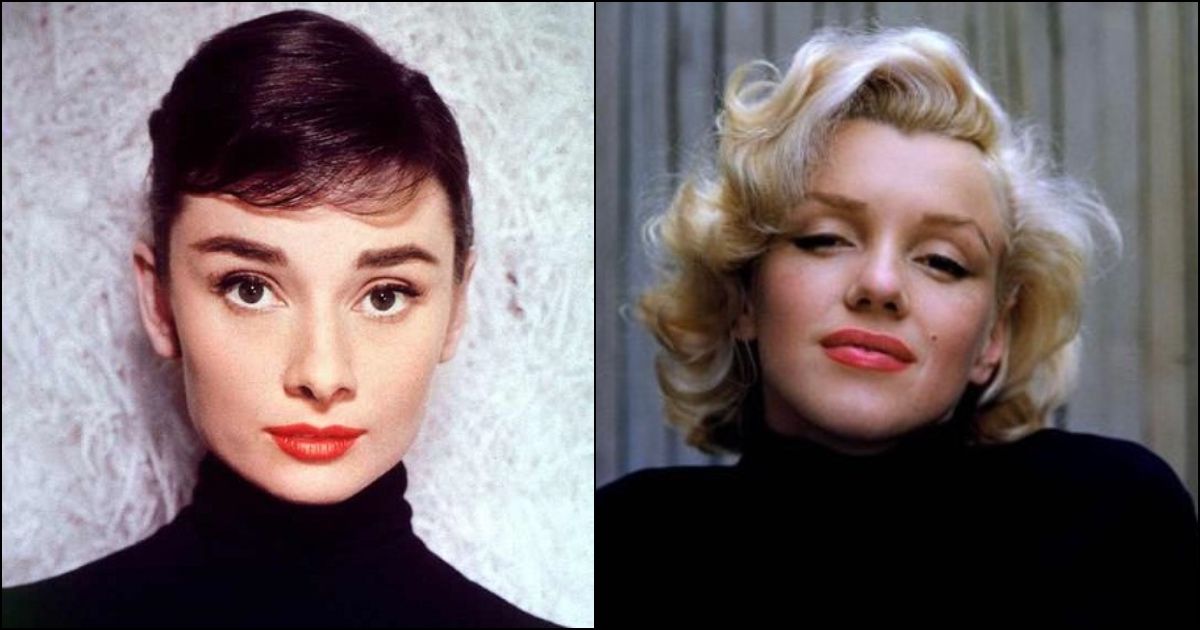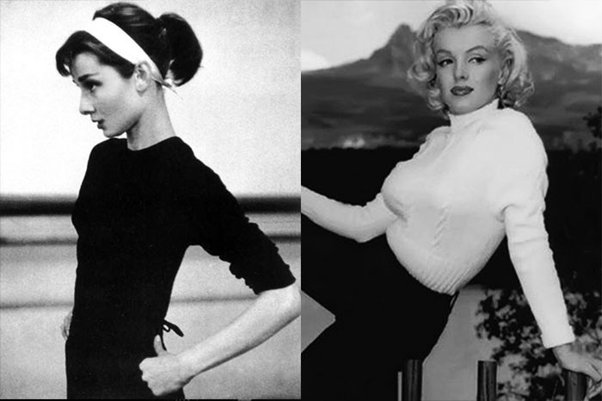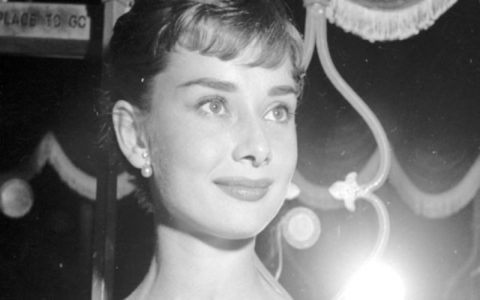Marilyn Monroe and Audrey Hepburn remain towering cultural icons, but their impacts differ significantly across film, fashion, and humanitarian domains. Evaluating which had a bigger influence requires analyzing multifaceted contributions.
Film Career Impact
Marilyn Monroe revolutionized Hollywood with her portrayal of the "blonde bombshell," challenging norms through films like Gentlemen Prefer Blondes (1953). She embodied female sexuality in post-war America, symbolizing vulnerability and empowerment, and her box-office successes reshaped star-driven cinema, making her an enduring symbol of American glamour.
Audrey Hepburn redefined elegance with roles in classics like Breakfast at Tiffany's (1961). Her nuanced performances emphasized grace and intelligence, earning an Oscar for Roman Holiday (1953). Hepburn broadened cinema's appeal globally, showcasing nuanced female characters that prioritized substance over spectacle, influencing acting styles for decades.

- Monroe’s impact: Pioneered sexual liberation in film; high box-office draw that fueled studio economics.
- Hepburn’s impact: Elevated character depth, often partnering with directors for narrative-driven success.
Cultural and Fashion Influence
Monroe became a global sex symbol, with her white dress scene in The Seven Year Itch (1955) defining mid-century fashion. Her image spurred commercialization, from cosmetics to memorabilia, cementing her as an archetype in advertising and popular culture, though centered largely in Western contexts.
Hepburn transformed fashion through collaborations with Hubert de Givenchy, popularizing the "little black dress" and minimalist chic. Her style in Sabrina (1954) and beyond remains a benchmark in haute couture, driving trends like the pixie cut. Hepburn's influence extends to sustainable fashion advocacy, resonating worldwide and inspiring modern designers.
- Monroe’s reach: Instantly recognizable, but often limited to objectified iconography.
- Hepburn’s reach: Broad, adaptable style that crosses cultural boundaries, promoting timeless elegance.
Humanitarian Legacy and Enduring Impact
Monroe left a legacy of cultural defiance, yet her impact faded posthumously until recent revivals. Her tragic life amplified discussions on mental health, but her contributions lack sustained real-world applications.
Hepburn leveraged fame for philanthropy as a UNICEF ambassador, advocating for children's rights from 1988 to her death. Her humanitarian work saved lives and inspired celebrity activism, with funds and programs continuing today. Hepburn’s elegant aura, combined with altruism, ensures her relevance in ethical fashion and global citizenship movements.
- Monroe’s persistence: Symbolic resurgence in feminism; cited in art but less proactive.
- Hepburn’s persistence: Active, measurable global initiatives that grow annually through UNESCO affiliations.
Overall Comparison
Both icons shaped entertainment, but Audrey Hepburn had a bigger impact. Her multifaceted influence spans film innovation, fashion evolution, and humanitarian efforts, creating a legacy that transcends eras and borders. Monroe’s revolution in sexuality remains profound, yet Hepburn’s holistic contributions—blending artistry with altruism—yielded broader, more sustainable cultural shifts, evidenced by enduring global tributes and practical societal benefits.












